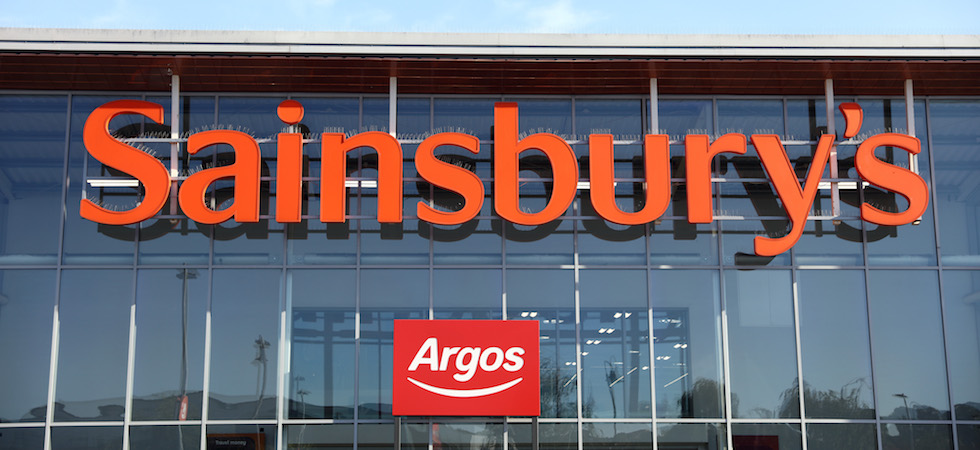For the 28 weeks ended 17th September 2022, J Sainsbury plc saw its grocery sales rise by 0.2%, with strong growth recorded in the second quarter of 3.8%. Its retail operating profit, however, was down 9%.
Chief executive of the business, Simon Roberts, said: “Two years ago we launched our plan to put food back at the heart of Sainsbury’s. We committed to improve shareholder returns by creating a simpler business and reducing costs to invest in lower prices, food innovation and maintaining colleague and customer satisfaction. We have grown market share in both grocery and general merchandise and investment in our stores and colleagues is supporting leading supermarket customer satisfaction and availability. Profits are significantly higher than pre-Covid levels and we are generating strong cash flow, supporting debt reduction and dividend payments.
“We really get how tough it is for millions of households right now. Customers are watching every penny and every pound and we know that they are relying on us to keep food prices as low as we can. We will have invested more than £500 million by March 2023 in keeping prices lower by cutting our costs at a faster rate than our competitors, meaning we have more firepower to battle inflation. Over the past year and a half we have consistently passed on less price inflation than our competitors and I am confident we have never been better value.
“We were the first supermarket to give our colleagues a second pay rise this year and have invested £150 million to support them and drive outstanding service. Our strong results are testament to the outstanding commitment and contribution from every member of our team.”
The financial highlights
- Grocery sales up 0.2 % in H1. Strong growth in Q2 of 3.8 % as lockdown comparatives eased, market price inflation accelerated. Sainsbury’s said its customers responded well to the strength of its offer and it benefited from warm weather. Grocery sales were 9.3% higher than H1 19/20
- General merchandise sales down 6.1% across H1 but up 1.2% in Q2, driven by improved availability, favourable summer weather and strong market share gains. Growth was said to be driven by categories such as consumer electronics and seasonal products
- Statutory Group sales (excluding VAT) up 4.4%, with fuel sales up 39.5%. Like-for-like sales (excluding fuel) down 0.8%, with Q2 up 3.7% after a decline of 4.0% in Q1
- Retail operating profit was down 9%, which reflected investment in value, reduced grocery and general merchandise volumes post-pandemic and higher operating costs, partially offset by a higher fuel contribution
- Underlying profit before tax of £340 million, down 8%; Financial Services operating profit of £19 million, flat year-on-year, and finance costs 9% lower. UPBT up 43% versus H1 19/20
- Statutory profit before tax of £376 million, down 29%, which the retailer claimed reflected higher exceptional income in the prior year from settlement of legal disputes
- H1 net funds balance was £361 million. Strong retail free cash flow of £759 million, up 37%, reflecting higher grocery sales and more typical seasonal working capital inflows against last year’s impact of Covid unwind. Sainsbury’s said it was on track to deliver guidance of at least £500 million free cash flow in FY22/23
- Interim dividend of 3.9 pence, up 22 % year-on-year
- Guidance unchanged: continue to expect FY22/23 underlying profit before tax of between £630 million and £690 million









